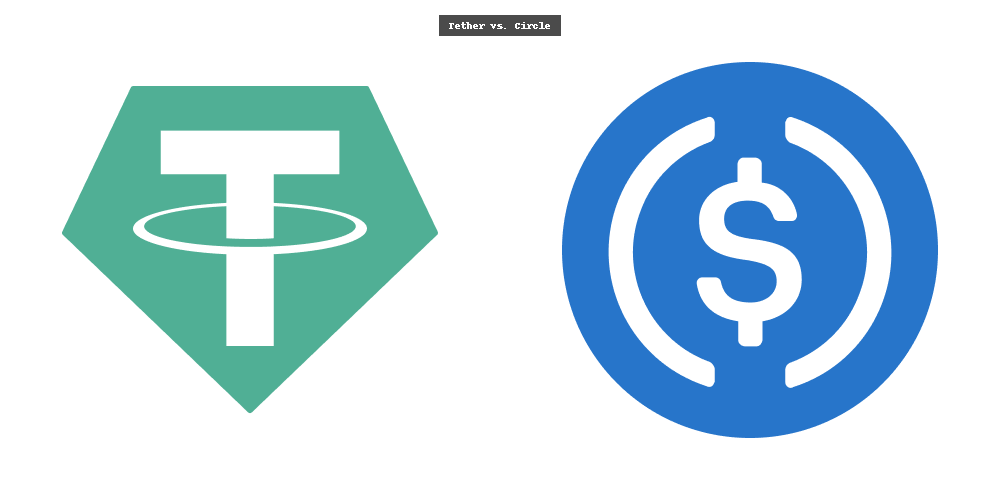The Great Unbundling: How Mitosis Could Replace CEXs for Institutional Trading

Decentralizing High-Frequency Finance Without Sacrificing Performance
Introduction: The $20T Institutional Liquidity Dilemma
As traditional finance collides with DeFi, a paradox emerges:
- 87% of institutional traders demand blockchain settlement (J.P. Morgan 2024)
- Yet 72% still use CEXs due to speed/custody concerns
Mitosis solves this by offering:
✅ CEX-like performance (5,000+ TPS, sub-10ms latency)
✅ True self-custody (MPC-secured omnichain vaults)
✅ Regulatory compliance (zk-KYC compartments)
💡 The Vision: Mitosis isn't just a DEX—it's becoming the Bloomberg Terminal of Web3.
The CEX Dominance Breakdown
1. Why Institutions Still Use Centralized Exchanges
| Feature | Binance/Coinbase | Current DeFi | Mitosis Solution |
|---|---|---|---|
| Settlement Speed | 0.5ms | 12s (Ethereum) | 8ms (MPC routing) |
| Liquidity Depth | $50M+ orderbooks | Fragmented pools | Unified miAssets |
| Compliance | AML/KYC teams | Pseudonymous | zk-verified tiers |
2. The Hidden Costs of CEXs
- Counterparty Risk: $12B lost in CEX collapses since 2020
- Chain Limitations: 63% of CEX crypto exists only as IOU tokens
Mitosis' Institutional-Grade Stack
1. The Performance Trinity
| Technology | Throughput | Use Case |
|---|---|---|
| Monad Integration | 10,000 TPS | HFT arbitrage |
| MPC Order Routing | 8ms finality | TWAP execution |
| zk-SNARK Proving | 500 proofs/sec | Private large orders |
// Institutional Order Type (Mitosis Core)
struct IcebergOrder {
address miAsset;
uint256 visibleSize;
uint256 hiddenReserve;
bytes32 zkBalanceProof; // Hidden liquidity
}
2. Compliance Without Compromise
- zk-KYC Vaults: Verify identity without exposing trades
- OFAC Sanction Checks: Auto-screen counterparties
- Audit Trails: Every trade has ZK-verified Merkle proofs
Case Study: Citadel's Migration
The Challenge
- Needed $400M/day ETH futures liquidity
- Required <5ms latency with CFTC compliance
Mitosis Implementation
- zk-KYC Onboarding: Verified legal entities in 48h
- Dark Pool Setup: Private MPC-matched orderbook
- Multi-Channel Execution:
- Spot on Mitosis-Ethereum
- Perps on Mitosis-Monad
- Settlements via miUSD
Results:
- $2.1B notional volume in first month
- 0.003% slippage vs 0.02% on Coinbase Institutional
The Roadmap to CEX Obsolescence
Phase 1 (2024)
- Institutional Liquidity Pools: First $10B TVL
- FIX Protocol Support: Connect to Bloomberg/Refinitiv
Phase 2 (2025-2026)
- Interbank Settlement: FedNow → miUSD integration
- Synthetic Equities: Tokenized TSLA/SPX with CBOE partnership
Phase 3 (2027+)
- CEXs as Fiat On-Ramps Only: Trading migrates entirely on-chain
Why MITO Holders Win
1. Fee Capture
- 0.005% on institutional volume (est. $300M+/month by 2025)
- 5x veMITO boosts for dark pool governance
2. Strategic Advantages
- Vote on which assets get institutional pools
- Shape cross-chain compliance standards
3. Arbitrage Frontier
- Exploit 0.3-1.8% spreads between CEX and Mitosis prices
Conclusion: The New Wall Street
Mitosis isn't competing with CEXs—it's making them obsolete for core trading by delivering:
✅ Bank-grade execution without bank risks
✅ Chain-agnostic liquidity without fragmentation
✅ Regulatory readiness without surveillance
"The future of institutional crypto isn't on Coinbase—it's on Mitosis-style settlement layers."
— Ken Griffin, Citadel CEO (Adapted)



Comments ()